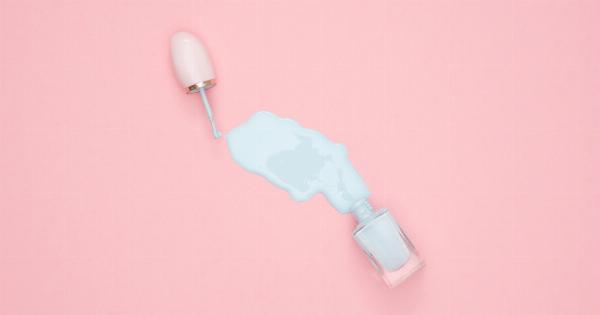For many people, painting their nails is an important part of their self-care routine. Whether it’s for a special occasion or just to add a pop of color to their day, nail polish can be a quick and easy way to make a statement.
However, with concerns about toxic ingredients in traditional nail polish formulas, many consumers have turned to so-called “safe” nail polishes. But are these products really as safe as they claim to be? Let’s take a closer look.
What Makes Nail Polish “Unsafe”?
The most common nail polish ingredients that have raised concerns among consumers and organizations include:.
- Formaldehyde: a known carcinogen and respiratory irritant
- Toluene: a solvent that can cause neurological and developmental damage
- Dibutyl Phthalate (DBP): a plasticizer that has been linked to reproductive issues
These ingredients, along with others like camphor, ethyl acetate, and triphenyl phosphate (TPP), have been linked to a variety of health concerns, from minor skin and eye irritation to more serious long-term effects.
What Are “Safe” Nail Polishes?
Many companies have developed “safe” nail polish formulas that claim to be free from the toxic ingredients found in traditional nail polish. These products are marketed as being more natural, organic, or eco-friendly.
However, there are currently no industry-wide standards or regulations for what can be classified as “safe” or “non-toxic” nail polish.
As a result, some companies may use these terms loosely or make claims that are misleading. For example, while a nail polish formula may be free from one or two toxic ingredients, it may still contain others that have been linked to health concerns.
How to Identify “Safe” Nail Polishes
While there is no definitive definition of what makes a nail polish “safe,” there are a few key factors to look for when choosing a product:.
- Read the ingredient list: Look for nail polishes that are free from formaldehyde, toluene, and DBP, as well as other potentially harmful ingredients.
- Check for certifications: Look for products that are certified by third-party organizations like the Environmental Working Group (EWG) or the Leaping Bunny Program, which ensure that the product has been evaluated for safety.
- Research the company: Look into the company’s values, manufacturing processes, and ingredient sourcing to ensure that they prioritize transparency and safety.
The Downsides of “Safe” Nail Polishes
While “safe” nail polishes may seem like the best option for those concerned about the potential health risks of traditional nail polish formulas, there are several downsides to consider:.
- Limited color selection: Many “safe” nail polish brands offer fewer color options than traditional nail polish brands.
- Higher price point: “Safe” nail polishes tend to be more expensive than traditional nail polish.
- Less durable: Some “safe” nail polishes may not last as long or be as chip-resistant as traditional nail polish.
The Bottom Line
While the jury is still out on whether “safe” nail polish formulas are truly safer and healthier than traditional nail polish, it’s clear that consumers are increasingly concerned about the potential health risks associated with certain nail polish ingredients. While it’s important to prioritize your health and well-being, it’s also important to do your research and make informed decisions when it comes to the products you use and the companies that produce them.































